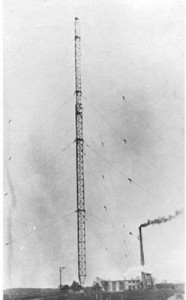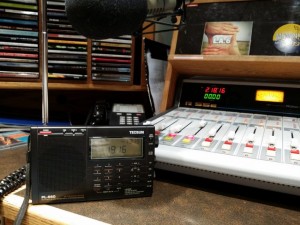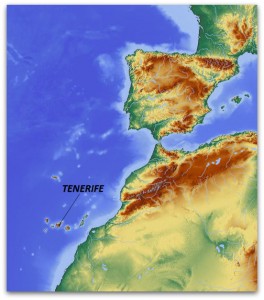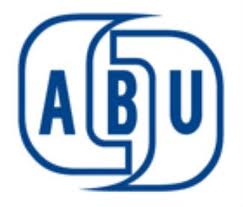
The Tuckerton Tower, circa 1916 (Souce: Tom Mcnally mcnally.cc)
I love radio history, and I dive right into it when something especially piques my interest. This morning, a news item from a local newspaper in New Jersey about that state’s famed, but nearly forgotten, Tuckerton Tower did just that.
Built in 1912, the Tuckerton Tower was once the tallest structure in the US. Indeed, it was at that time the second tallest structure in the world (the Eiffel Tower had it beat by 243 feet). Though on US soil, it was originally built by––get this––the German government, in order to communicate with an identical tower in Eilvese, Germany (see comments); of course, it also communicated with naval vessels. According to many sources, the US government may have been completely unaware of the construction of this communication monolith until it neared completion.
But that’s just the beginning of the story: When the US entered WWI, the US government took over the tower’s operations and placed Tuckerton’s German operators and engineers in a POW camp. Then, post-war, the newly-formed Radio Corporation of America (RCA) assumed the tower’s operation with the intention of using it for the latest and greatest innovation in radio communications: voice over wireless. Tuckerton Tower continued under RCA’s operation until the US government drafted it into service again, this time during WWII.
But even though the tower survived two world wars, weather events like nor’easters, and The Great Depression, by the late 1940s it was considered obsolete. Several attempts were made to preserve the historic structure, but on December 28, 1955, it was torn down and cut for scrap. Today, a lower section of the tower can be viewed at the Tuckerton Historical Society’s museum, while the concrete block anchors that once held the monolithic structure upright now rest, somewhat defiantly, in the center of a residential area.
If you find this tower’s history as remarkable as I do, check out this informative and detailed article in The Sandpiper and Tom McNally’s History of Tuckerton Wireless which includes some excellent photos of the tower throughout history.
Are there any readers of The SWLing Post with memories long enough to remember the Tuckerton Tower, or who have heard stories about it? Please comment!
 Many thanks to SWLing Post reader, Mike, for sharing this news item on RadioInfo:
Many thanks to SWLing Post reader, Mike, for sharing this news item on RadioInfo:





